The Evolution of Cycling Kits: A Journey Through Time

Frequently Asked Questions
1. What are cycling kits and why are they important?
2. How have cycling kits evolved over the years?
3. What features should I consider when choosing a cycling kit?
4. What is the significance of customization in modern cycling kits?
5. How are sustainability and technology influencing the future of cycling kits?
Cycling has undergone significant transformations since its inception in the 19th century, and one of the most crucial changes has been in what cyclists wear—specifically, their cycling kits. These specialized garments not only enhance performance but also offer comfort and protection. The evolution of cycling kits reflects broader trends in technology, culture, and sport. Let's explore this fascinating journey from the early days of cycling to the modern era of high-performance gear.
The Birth of the Cycling Kit
In the late 1800s, cycling began to catch on as a popular hobby and sport. Early cyclists would typically wear long trousers and heavy jackets, which were neither practical nor comfortable for long rides. The first cycling kits emerged in this era, focusing on functionality and mobility.
The Wool Jerseys and Knickerbockers Era
By the early 1900s, cycling kits started to take shape. Wool jerseys made their debut, providing cyclists with more flexibility and breathability. These jerseys were loose-fitting and often came in a variety of vibrant colors and patterns, helping teams distinguish themselves during races.
Knickerbockers, long shorts that reached just below the knee, also gained popularity. While they offered some degree of protection, they could become quite cumbersome over long distances. Nonetheless, this era laid the groundwork for what a cycling kit would eventually become.
The Mid-20th Century: A New Wave of Design
The post-war period saw a significant evolution in cycling apparel. With the rise of professional cycling as a spectator sport, major brands began investing in technology and design. This was when the first real advancements in fabric technology emerged, allowing for lighter, more functional cycling kits.
The Introduction of Synthetic Fibers
During the 1960s and 1970s, synthetic fibers like nylon and polyester started to replace wool in cycling kits. These materials were not only lighter but also wicking, meaning they helped manage moisture effectively. Cyclists could now engage in long rides without the discomfort associated with wet wool.
Moreover, the introduction of elastic waistbands and fitted designs allowed for a snugger, more aerodynamic style. This was especially important for competitive cyclists looking to shave off seconds during races. With the enhanced fit and comfort, the cycling kit gained status as essential cycling apparel.
The 1980s: Professionalism and Branding
The 1980s marked a significant turning point in the cycling world. Professional teams became more organized, and sponsorship deals with apparel manufacturers became commonplace. Cyclists began wearing kits emblazoned with sponsor logos, setting a precedent for brand visibility in professional sports.
Bold Designs and Unique Patterns
This era introduced bold designs as teams sought to stand out both on and off the bike. Bright colors, flashy logos, and unique patterns became synonymous with cycling kits during races. The kits not only indicated team affiliation but also became a canvas for creativity, mirroring changing cultural trends.
In parallel, technological advancements continued in garment manufacturing—breathable mesh panels were introduced, and cycling shorts became more padded for added comfort during long rides. The cycling kit was evolving not just in aesthetics but also in functionality.
The 1990s to Early 2000s: Performance and Innovation
The 1990s and early 2000s were marked by rapid developments in material science and design that transformed cycling kits into high-performance gear. The use of moisture-wicking fabrics became standard, while new technologies like aerodynamic cuts became crucial for competitive cyclists.
Race-Ready Features
Many cycling kits began incorporating features like flatlock seams to reduce chafing and reflective elements for increased visibility. The inclusion of back pockets became a staple feature, enabling cyclists to carry essentials without hindering performance.
As interest in cycling grew rapidly, so did innovation. Leading manufacturers focused on continuous improvements in both comfort and performance, realizing that cyclists needed clothing that could enhance endurance and agility.
The Rise of Customization and Personalization
In the 2010s, cycling kits underwent another transformation as customization and personalization became increasingly accessible. Services that allowed individuals to create their own cycling kit designs flourished, enabling riders to express their unique identities.
Technology Meets Style
The advent of online platforms and digital design tools meant that amateur cyclists and enthusiasts could enjoy the benefits of bespoke cycling kits. Whether for teams, events, or personal use, tailored kits grew in popularity as riders sought ways to stand out.
This era emphasized not just the performance aspect of cycling kits but also their role as a medium for self-expression and community building. Riders were no longer simply wearing the uniform of a team; they were showcasing their creativity and individuality.
The Modern Era: Sustainability and Advanced Materials
Today, cycling kits are a testament to both technological innovation and social consciousness. As environmental sustainability becomes a priority for consumers, brands are shifting focus toward producing cycling kits from recycled materials and eco-friendly processes.
The Future of Cycling Kits
With advancements in fabric technology, modern cycling kits are more lightweight, breathable, and durable than ever before. Features like UV protection and thermal regulation are becoming standard, tailored for a variety of riding conditions and user preferences.
Moreover, smart fabrics that can monitor performance and conditions are on the horizon, making it possible for riders to optimize their experience like never before. The combination of sustainability, technology, and innovative design points toward a compelling future for cycling kits.
Finding Your Perfect Cycling Kit
As cycling continues to grow in popularity, the importance of selecting the right cycling kit cannot be overstated. Your cycling kit plays a crucial role in both performance and comfort, whether you're a casual rider or a professional athlete. Here are some factors to consider:
- Fit: A proper fit is essential for comfort during long rides. Make sure your cycling kit conforms well to your body without being too tight or too loose.
- Material: Look for moisture-wicking, breathable fabrics that can handle various weather conditions while providing adequate protection.
- Functionality: Pockets, reflective elements, and other features can significantly enhance the practicality of your cycling kit. Consider what you'll need during your rides.
- Style: Your cycling kit is also a form of self-expression. Choose colors and designs that reflect your personality while considering how they will look in a group setting.
Pedal Into the Future with Style
The evolution of cycling kits is an inspiring journey filled with innovation, creativity, and adaptability. From wool jerseys to high-tech gear made from sustainable materials, cycling apparel has transformed alongside the sport itself. As we look to the future, one thing is clear: the cycling kit will continue to evolve, melding style with function while empowering riders to pursue their passion with confidence. So gear up, get out there, and embrace the ride—your perfect cycling kit awaits you!
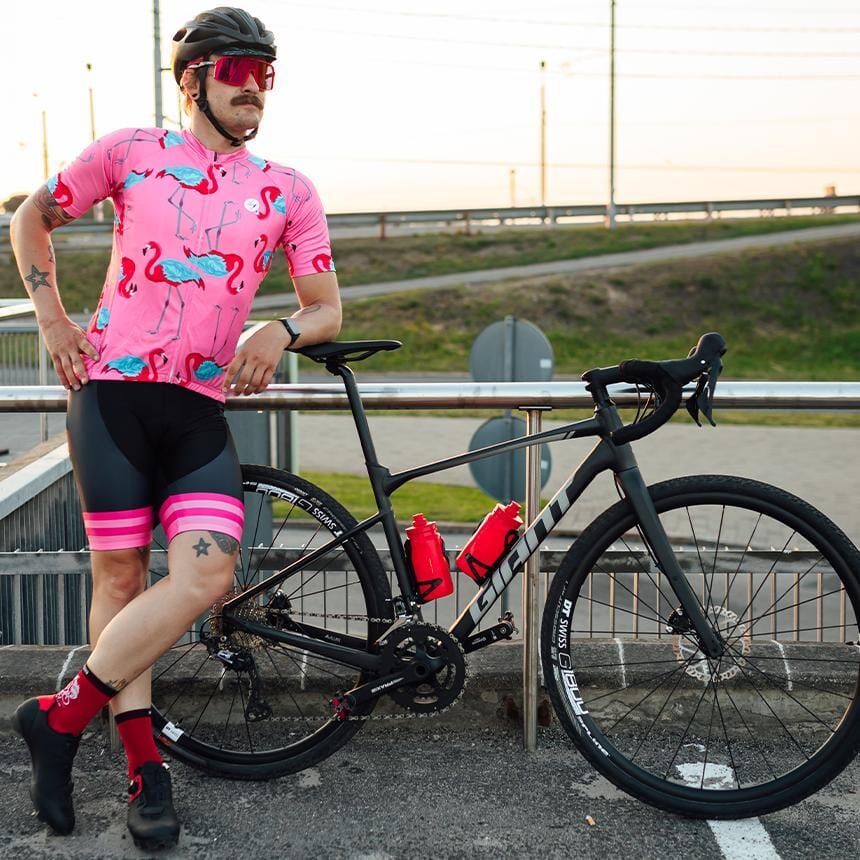

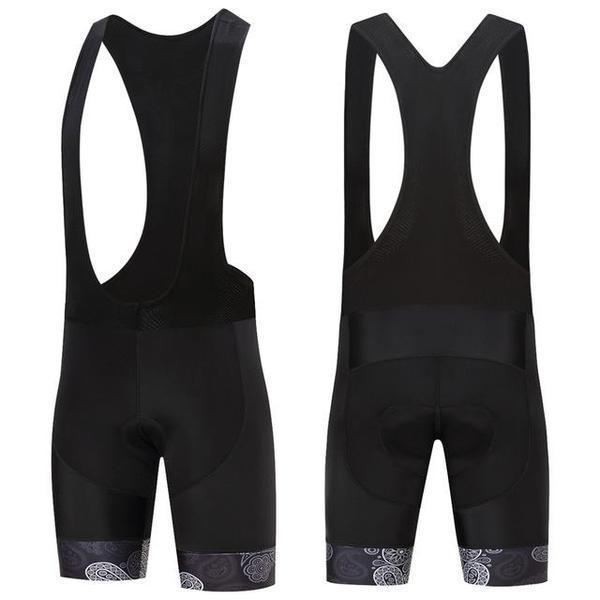


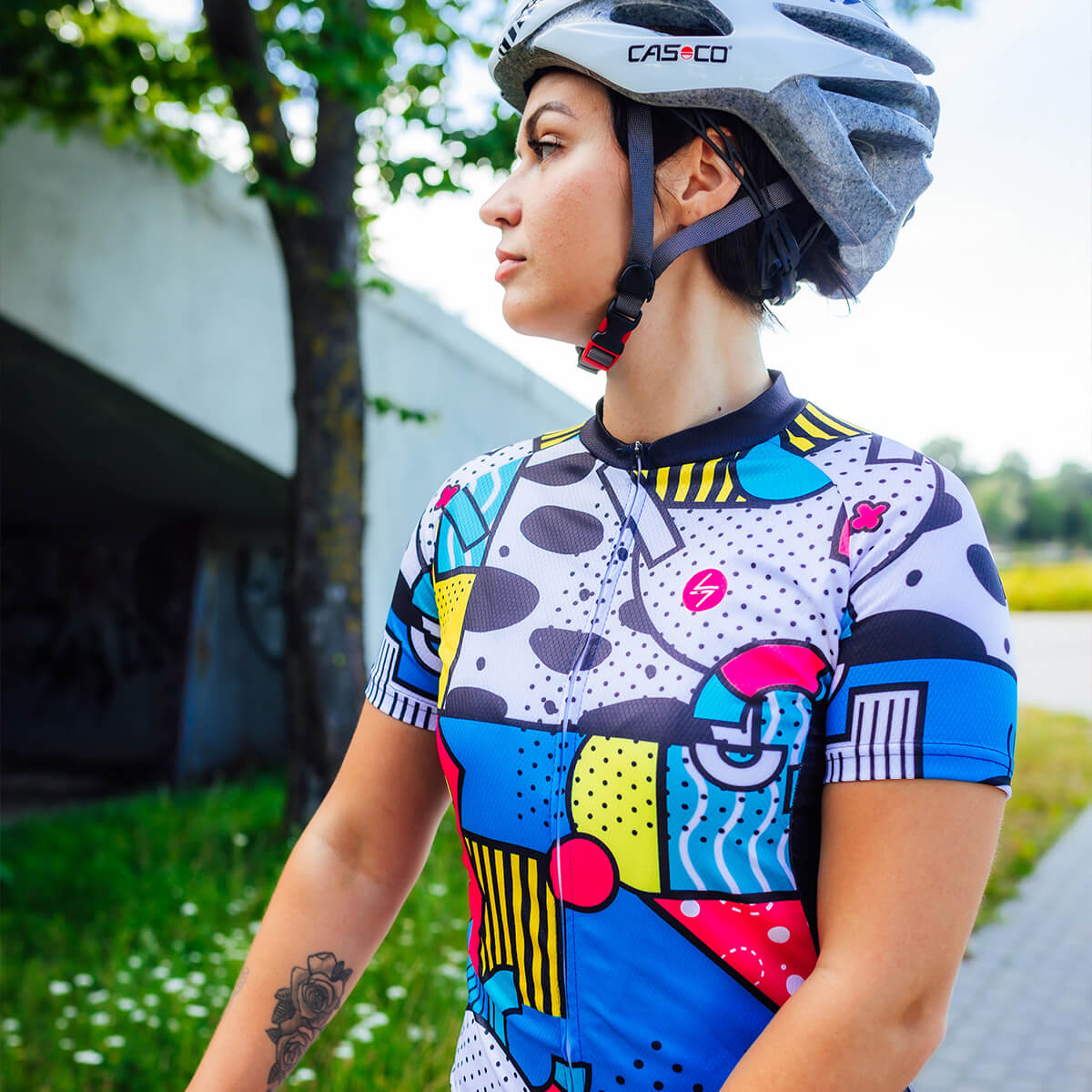
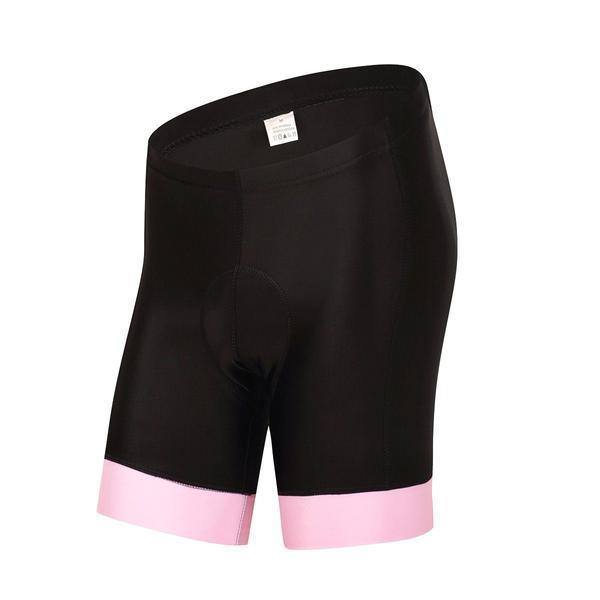
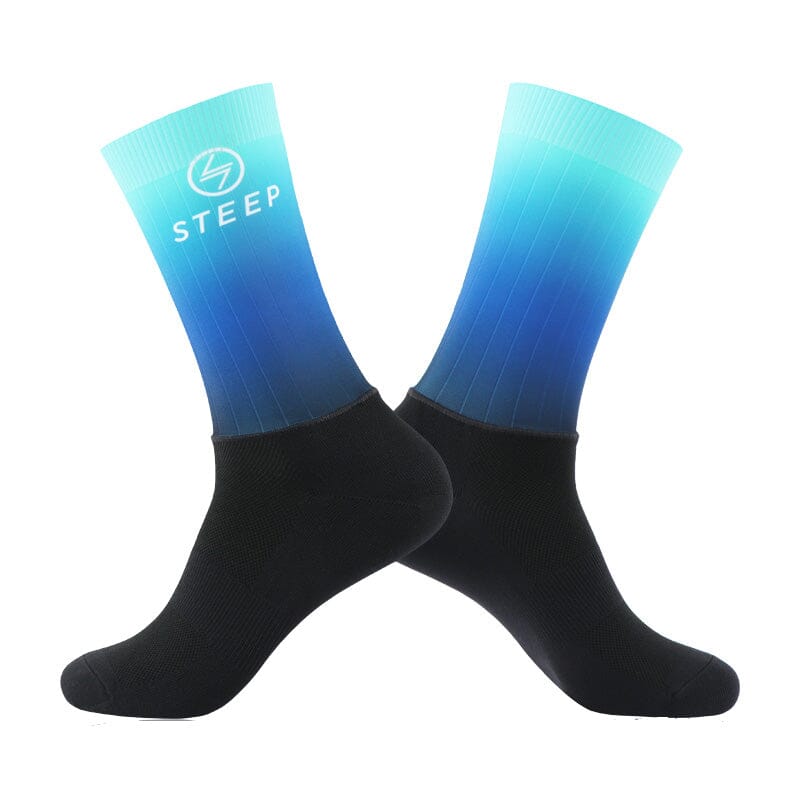
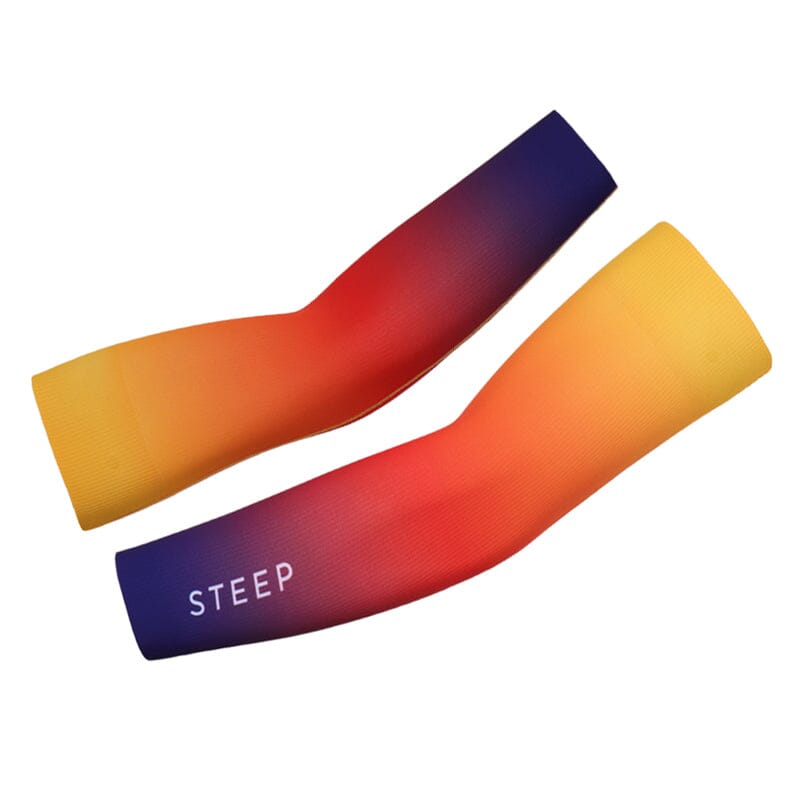






Leave a comment